A microfluidic platform for highly parallel bite by bite profiling of mosquito-borne pathogen transmission
Vectorchips with integrated PDMS elastomer membranes were fabricated using a combination of laser patterning and soft lithography.
NEWS
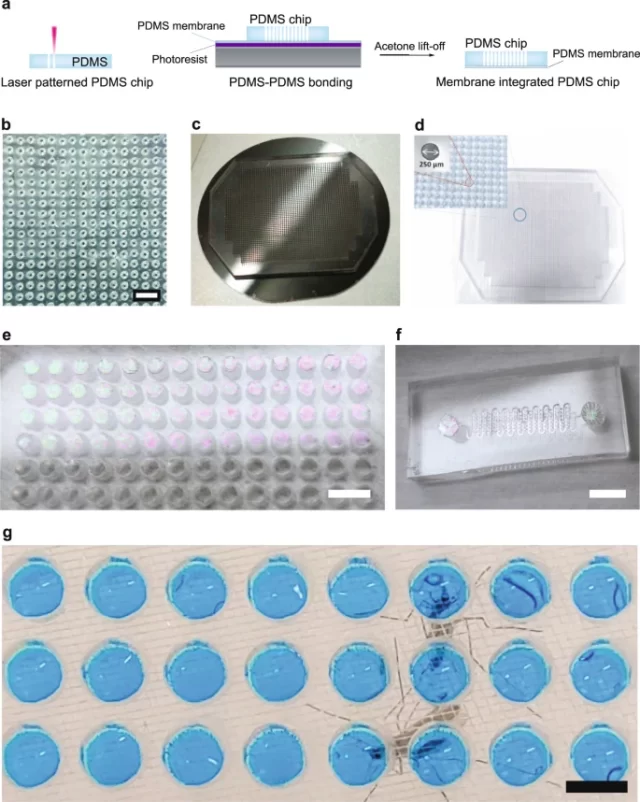
Vectorchips with integrated PDMS elastomer membranes were fabricated using a combination of laser patterning and soft lithography.
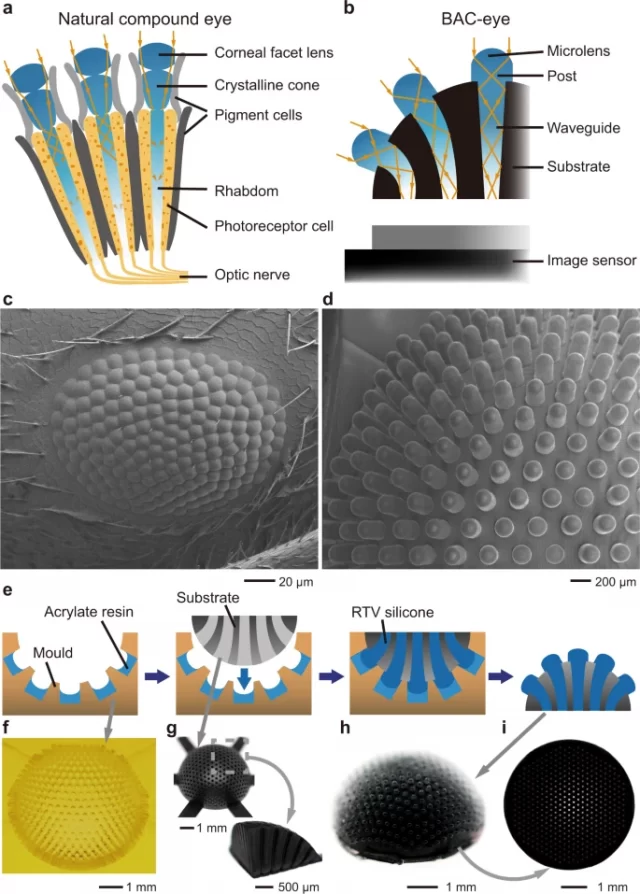
The design of the 3D BAC-eye follows the anatomical structure of an apposition compound eye (Fig. 1a). Each microlens on the BAC-eye has the same function as the corneal facet lens of a natural eye.
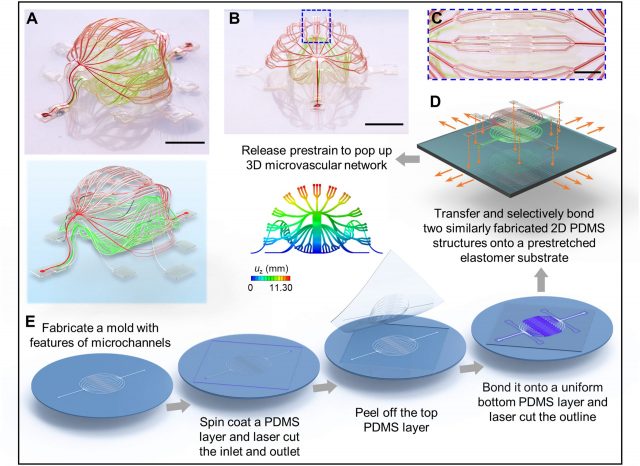
Microfluidic technologies have wide-ranging applications in chemical analysis systems, drug delivery platforms, and artificial vascular networks.
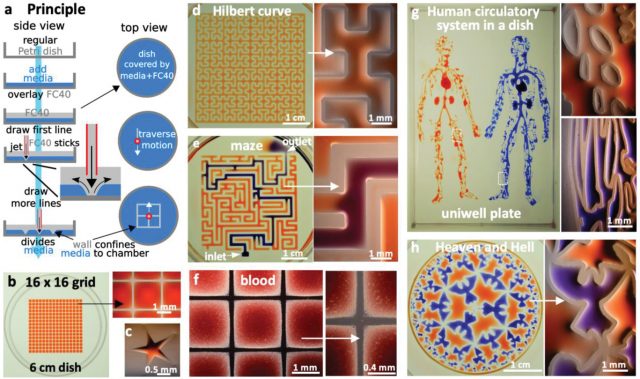
There is an unmet demand for microfluidics in biomedicine. This paper describes contactless fabrication of microfluidic circuits on standard Petri dishes using just a dispensing needle, syringe pump, three-way traverse, cell-culture media, and an immiscible fluorocarbon (FC40).
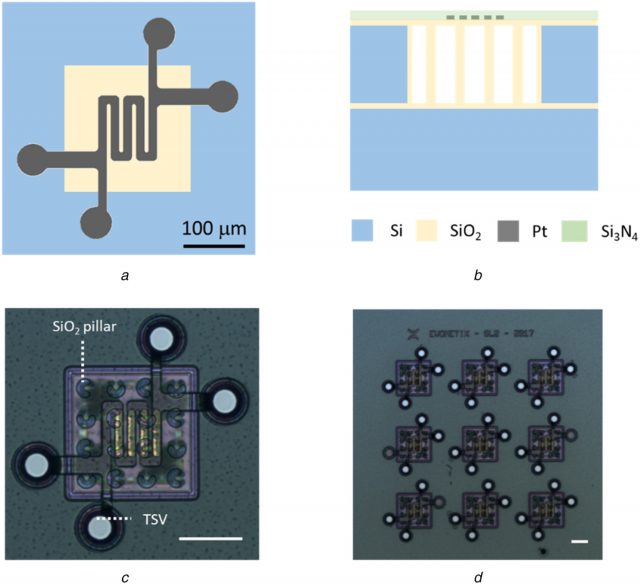
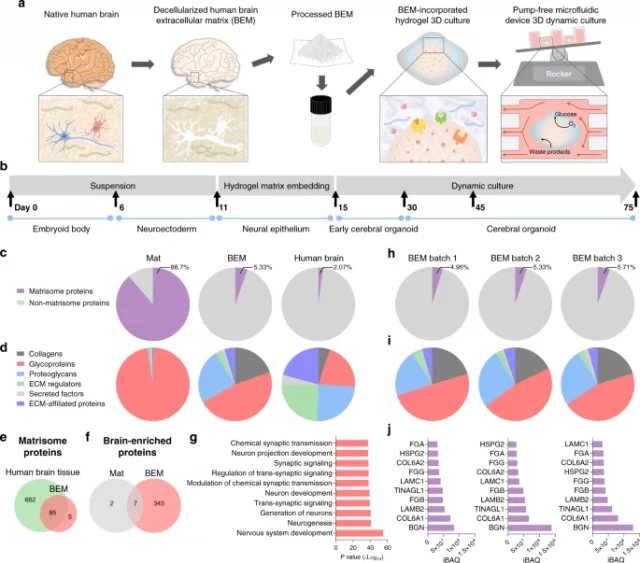
Brain organoids derived from human pluripotent stem cells provide a highly valuable in vitro model to recapitulate human brain development and neurological diseases. However, the current systems for brain organoid culture require further improvement for the reliable production of high-quality organoids.
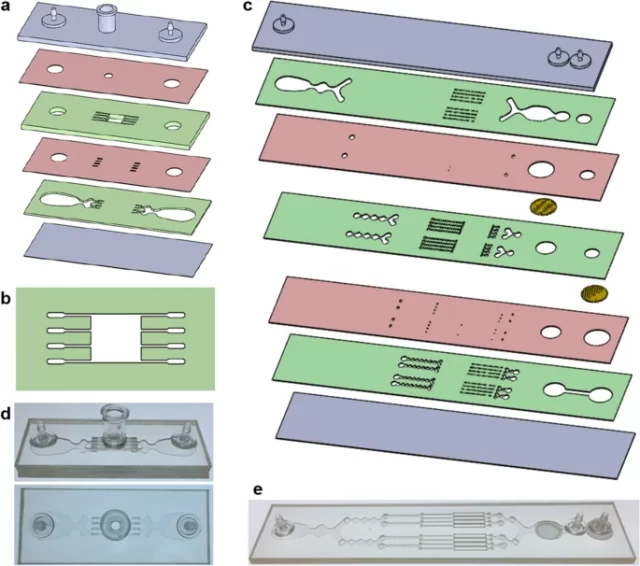
Tissues are complex mixtures of different cell subtypes, and this diversity is increasingly characterized using high-throughput single cell analysis methods. However, these efforts are hindered, as tissues must first be dissociated into single cell suspensions using methods that are often inefficient, labor-intensive, highly variable, and potentially biased towards certain cell subtypes. Here, we present a microfluidic platform consisting of three tissue processing technologies that combine tissue digestion, disaggregation, and filtration. The platform is evaluated using a diverse array of tissues. For kidney and mammary tumor, microfluidic processing produces 2.5-fold more single cells. Single cell RNA sequencing further reveals that endothelial cells, fibroblasts, and basal epithelium are enriched without affecting stress response. For liver and heart, processing time is dramatically reduced. We also demonstrate that recovery of cells from the system at periodic intervals during processing increases hepatocyte and cardiomyocyte numbers, as well as increases reproducibility from batch-to-batch for all tissues.
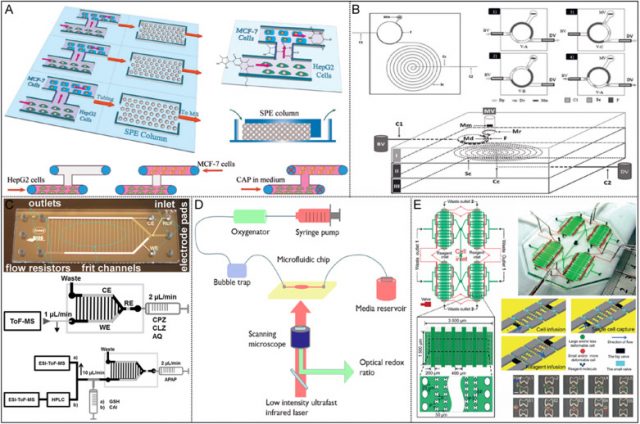
The development of pharmaceutical analytical methods represents one of the most significant aspects of drug development. Recent advances in microfabrication and microfluidics could provide new approaches for drug analysis, including drug screening, active testing and the study of metabolism. Microfluidic chip technologies, such as lab-on-a-chip technology, three-dimensional (3D) cell culture, organs-on-chip and droplet techniques, have all been developed rapidly. Microfluidic chips coupled with various kinds of detection techniques are suitable for the high-throughput screening, detection and mechanistic study of drugs. This review highlights the latest (2010–2018) microfluidic technology for drug analysis and discusses the potential future development in this field.
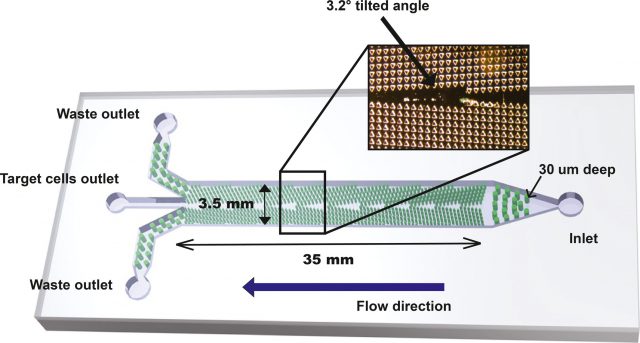
Cytogenetic alterations form the basis for risk stratification for multiple myeloma (MM) and guide the selection of therapy; however, current pathology assays performed on bone marrow samples can produce false-negatives due to the unpredictable distribution and rarity of MM cells. Here, we report on a microfluidic device used to facilitate CD45 depletion to enhance the detection of cytogenetic alterations in plasma cells (PCs).